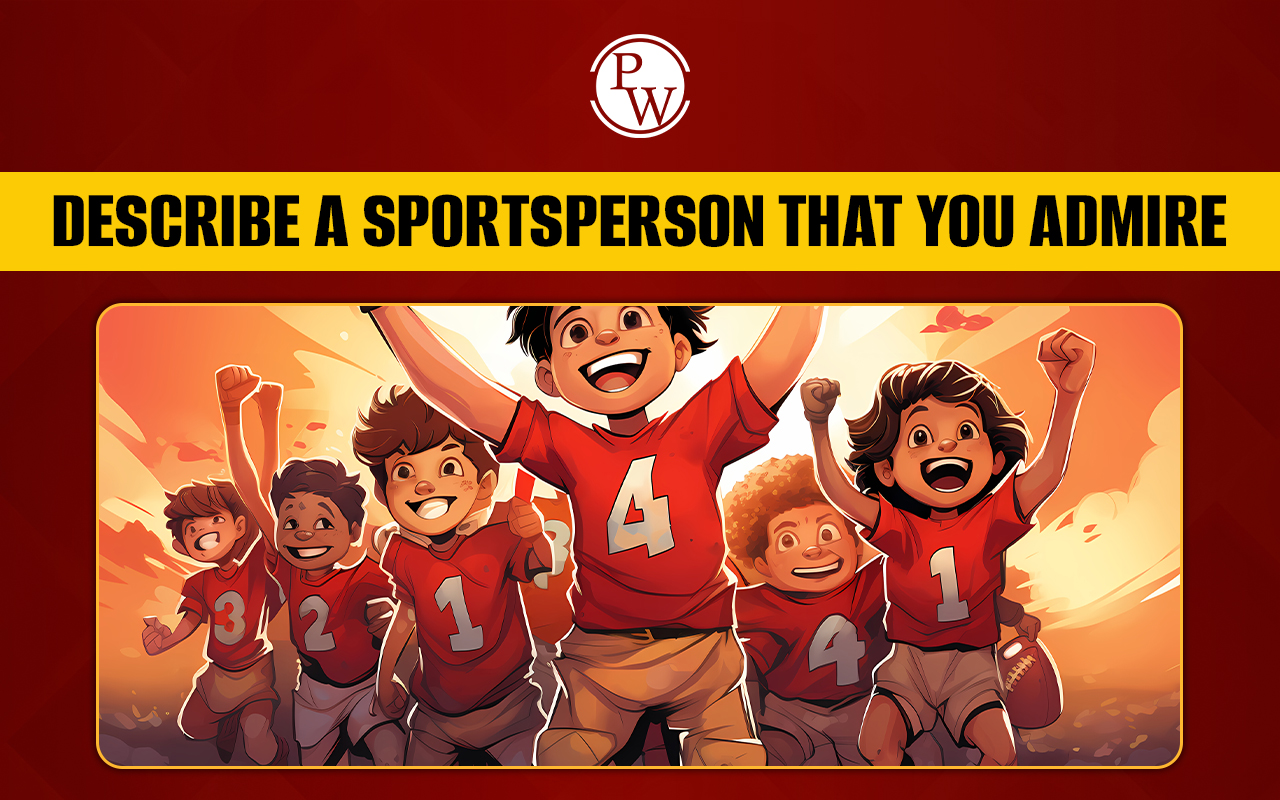

A Remarkable Beetle Reading Answers passage takes students into role of dung beetles in Australia’s ecosystem and their contribution to sustainable farming. This guide helps IELTS aspirants practice comprehension from the A Remarkable Beetle IELTS reading passage, while also improving accuracy through the A Remarkable Beetle reading passage with answers.
By engaging with the remarkable beetle IELTS academic reading text and reviewing a remarkable beetle reading test answers, students can strengthen skills across IELTS Reading Topics, including multiple choice, sentence completion, and other IELTS reading question types, ultimately boosting their IELTS Reading Band Score.
A Remarkable Beetle Reading Passage
A remarkable Beetle IELTS reading passage introduces dung beetles’ ecological importance in Australia. Exploring this topic helps IELTS learners understand passage analysis, practice IELTS reading question types, and enhance strategies to improve their IELTS Reading Band Score effectively.
A Remarkable Beetle Reading Passage
In the passage A Remarkable Beetle Reading Answers, More than 4,000 species of these remarkable creatures have evolved and adapted to the world’s different climates and the dung of its many animals. Australia’s native dung beetles are scrub and woodland dwellers, specialising in coarse marsupial droppings and avoiding the soft cattle dung in which bush flies and buffalo flies breed. Some of the most remarkable beetles are the dung beetles, which spend almost their whole lives eating and breeding in dung’.
In the early 1960s, George Bornemissza, then a scientist at the Australian Government’s premier research organisation, the Commonwealth Scientific and Industrial Research Organisation (CSIRO), suggested that dung beetles should be introduced to Australia to control dung-breeding flies. Between 1968 and 1982, the CSIRO imported insects from about 50 different species of dung beetle, from Asia, Europe and Africa, aiming to match them to different climatic zones in Australia. Of the 26 species that are known to have become successfully integrated into the local environment, only one, an African species released in northern Australia, has reached its natural boundary.
Introducing dung beetles into a pasture is a simple process: approximately 1,500 beetles are released, a handful at a time, into fresh cow pats in the cow pasture.
According to passage A Remarkable Beetle Reading Answers, the beetles immediately disappear beneath the pats digging and tunnelling, and, if they successfully adapt to their new environment, soon become a permanent, self sustaining part of the local ecology. In time they multiply and within three or four years, the benefits to the pasture are obvious.
Dung beetles work from the inside of the pat so they are sheltered from predators such as birds and foxes. Most species burrow into the soil and bury dung in tunnels directly underneath the pats, which are hollowed out from within. Some large species originating from France excavate tunnels to a depth of approximately 30 cm below the dung pat. These beetles make sausage-shaped brood chambers along the tunnels. The shallowest tunnels belong to a much smaller Spanish species that buries dung in chambers that hang like fruit from the branches of a pear tree. South African beetles dig narrow tunnels of approximately 20 cm below the surface of the pat. Some surface-dwelling beetles, including a South African species, cut perfectly-shaped balls from the pat, which are rolled away and attached to the bases of plants.
For maximum dung burial in spring, summer and autumn, farmers require a variety of species with overlapping periods of activity. In the cooler environments of the state of Victoria, the large French species (2.5 cms long) is matched with smaller (half this size), temperate-climate Spanish species. The former are slow to recover from the winter cold and produce only one or two generations of offspring from late spring until autumn. The latter, which multiply rapidly in early spring, produce two to five generations annually. The South African ball-rolling species, being a subtropical beetle, prefers the climate of northern and coastal New South Wales where it commonly works with the South African tunnelling species. In warmer climates, many species are active for longer periods of the year.
Dung beetles were initially introduced in the late 1960s with a view to controlling buffalo flies by removing the dung within a day or two and so preventing flies from breeding. However, other benefits have become evident. Once the beetle larvae have finished pupation, the residue is a first-rate source of fertiliser. The tunnels abandoned by the beetles provide excellent aeration and water channels for root systems. In addition, when the new generation of beetles has left the nest the abandoned burrows are an attractive habitat for soil-enriching earthworms. The digested dung in these burrows is an excellent food supply for the earthworms, which decompose it further to provide essential soil nutrients. If it were not for the dung beetle, chemical fertiliser and dung would be washed by rain into streams and rivers before it could be absorbed into the hard earth, polluting water courses and causing blooms of blue-green algae. Without the beetles to dispose of the dung, cow pats would litter pastures making grass inedible to cattle and depriving the soil of sunlight. Australia’s 30 million cattle each produce 10-12 cow pats a day. This amounts to 1.7 billion tonnes a year, enough to smother about 110,000 sq km of pasture, half the area of Victoria.
Dung beetles have become an integral part of the successful management of dairy farms in Australia over the past few decades. A number of species are available from the CSIRO or through a small number of private breeders, most of whom were entomologists with the CSIRO’s dung beetle unit who have taken their specialised knowledge of the insect and opened small businesses in direct competition with their former employer.
A Remarkable Beetle Reading Sample Questions
Practicing with a remarkable beetle reading test answers helps students build confidence in tackling diverse IELTS reading topics. These exercises highlight how to solve IELTS reading multiple choice questions, sentence completion, and other formats from a remarkable beetle IELTS academic reading, sharpening comprehension and boosting performance in the IELTS exam.
|
Sample Questions on IELTS A Remarkable Beetle Reading Answers |
||
|
Question Type |
Question |
Options / Instructions |
|
Multiple Choice |
Why did CSIRO introduce dung beetles into Australia? |
A) To improve soil fertility B) To control dung-breeding flies C) To increase cattle productivity D) To remove marsupial droppings |
|
Multiple Choice |
How many dung beetle species became successfully integrated into Australia? |
A) 50 B) 26 C) 1 D) 4,000 |
|
Sentence Completion |
Australia’s native dung beetles specialise in ____________. |
Coarse marsupial droppings |
|
Sentence Completion |
Introducing dung beetles into a pasture requires releasing about __________ beetles. |
1,500 |
|
True/False/Not Given |
Dung beetles work mainly on the surface of cow pats, exposed to predators. |
False |
|
True/False/Not Given |
French dung beetles can dig tunnels up to 30 cm deep. |
True |
|
True/False/Not Given |
Spanish dung beetles produce only one generation annually. |
False |
|
Short Answer |
Which country’s species rolls dung into balls and attaches them to plants? |
South Africa |
|
Short Answer |
What additional benefit do dung beetle tunnels provide for soil after use? |
Aeration and water channels |
|
Matching Information |
Match the beetle species with their traits: (i) French beetle (ii) Spanish beetle (iii) S |
|
A Remarkable Beetle IELTS Reading Answers
The IELTS A Remarkable Beetle Reading Answers guide provides solutions to the A Remarkable Beetle IELTS reading passage and offers insights into different IELTS reading question types. Reviewing the A Remarkable Beetle reading test answers helps candidates practice systematically, understand the IELTS reading structure, and learn how to improve IELTS reading score.
| IELTS A Remarkable Beetle Reading Answers | ||
| Question Type | Question | Answer |
| Multiple Choice | Why did CSIRO introduce dung beetles into Australia? | B – To control dung-breeding flies |
| Multiple Choice | How many dung beetle species became successfully integrated into Australia? | B – 26 |
| Sentence Completion | Australia’s native dung beetles specialise in ____________. | Coarse marsupial droppings |
| Sentence Completion | Introducing dung beetles into a pasture requires releasing about __________ beetles. | 1,500 |
| True/False/Not Given | Dung beetles work mainly on the surface of cow pats, exposed to predators. | False |
| True/False/Not Given | French dung beetles can dig tunnels up to 30 cm deep. | True |
| True/False/Not Given | Spanish dung beetles produce only one generation annually. | False |
| Short Answer | Which country’s species rolls dung into balls and attaches them to plants? | South Africa |
| Short Answer | What additional benefit do dung beetle tunnels provide for soil after use? | Aeration and water channels |
| Matching Information | Match the beetle species with their traits: (i) French beetle (ii) Spanish beetle (iii) South African beetle | (i) C, (ii) A, (iii) B |
Guidance to PW IELTS Prep
IELTS Online Courses is a great initiative Physics Wallah took to help IELTS aspirants better prepare for the exam. Follow our below pages to learn more about the IELTS exam.| IELTS Reading Band Score | IELTS Listening Band Score |
| IELTS Speaking Band Score | IELTS Writing Band Score |
IELTS A Remarkable Beetle Reading Answers FAQs
What is the main focus of A Remarkable Beetle IELTS reading passage?
How many dung beetle species have successfully adapted in Australia?
Why were dung beetles introduced by CSIRO in Australia?
What additional benefits do dung beetle tunnels provide?
Which country beetle species roll dung into balls?













